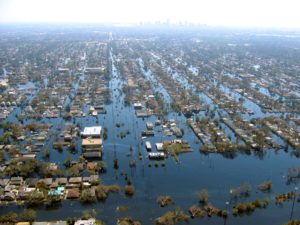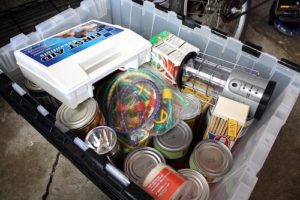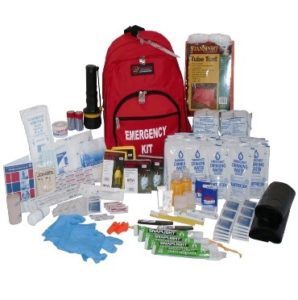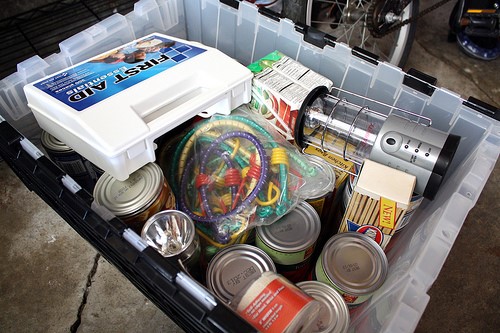Submitted by Phil Cornell, KA7FRZ
Do you have an emergency kit? Are you storing emergency supplies? Do you have an emergency plan?

Recent events in Texas, Florida, the Caribbean and Mexico point out the fact that very few of us are truly prepared when a disaster strikes, even if we know it will happen. Preparedness is not a goal, it is an ongoing process that improves your chances of surviving a disaster.
As a ham radio operator, KA7FRZ, and a member of Thurston County Amateur Radio Emergency Service (TCARES) I am more acutely aware of the process and I am constantly preparing my home and my neighborhood by asking the tough questions that opened this article, and providing answers to these questions.
As the recovery begins in the aftermath of the disasters that have affected our hemisphere in the last few months, amateur radio will play a big part in helping to get life back to normal.

Many agencies and governments have already requested amateur radio assistance in setting up communications in the affected areas, and we responded in force to gladly help wherever and however we could. Ham radio operators from all over the country and the region have been handling “health and welfare” messages, letting family members living outside the disaster zone know that “we are OK”, their family members in the disaster zone are safe and well. We also use our communications abilities to help with survivor rescue, help with logistical issues relating to infrastructure recovery, help with information concerning possible future threats from these monster storms, and many other support functions.
On October 7, 2017, TCARES members will participate in the nationwide S. E. T. or Simulated Emergency Test. We will be deployed in a manner that simulates a real emergency and we will be tested on our ability to provide reliable communications in whatever role is necessary.

The annual Simulated Emergency Test (SET) is a training exercise involving the Amateur Radio Emergency Service (ARES) and the National Traffic System (NTS), a message-handling service of amateur radio. The American Radio Relay League is a prime mover in this event, which is organized somewhat like a contest. Its primary purposes are to evaluate strengths and weaknesses in emergency preparedness and communications, and to demonstrate amateur radio to the public.
During the first full weekend of October of every year in the United States, a nationwide radio communications network is set up that links every major city and most of the geography of the country. This technological infrastructure is set up from scratch within a few hours at locations that vary from state and local government Emergency Operations Centers to isolated areas without utilities of any kind. Every mode of radio communications is utilized including analog, digital, voice, data, simplex, duplex, satellites and even automated relay stations launched on aircraft and with weather balloons.
For no more than 48 continuous hours, this nationwide radio communications network is exercised with the primary objective of proving the system’s readiness and capabilities. Then as quickly as it was set up, the system is dismantled and stored in preparation for when it is needed. The system has demonstrated its value time after time during earthquakes, hurricanes, forest fires, terrorist attacks and other disasters. All of this capability is provided by volunteers who continuously hone their technical skills and acquire, build, and maintain their own equipment. These radio engineers and operators, along with their equipment, combine into an important resource for emergency communications.




















































